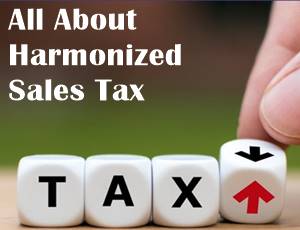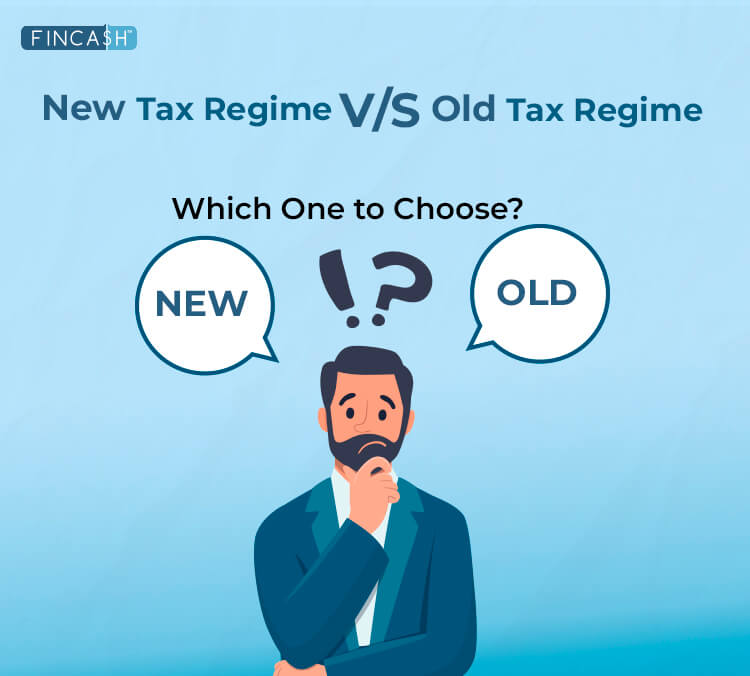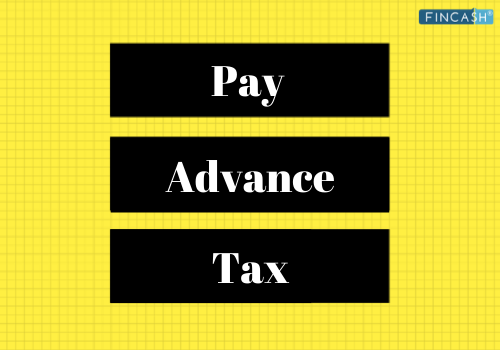Harmonized Sales Tax (HST)
What is the Harmonized Sales Tax?
The Harmonized Sales Tax or HST is used to calculate the consumption tax in some of the main states in Canada. The tax is applied to the provinces, where the Canadian government has combined the GST (goods and service tax) and PST (provincial sales tax). The Canada Revenue Agency (CRA) is responsible for charging and gathering the consumption tax from the consumers based in the five Canadian provinces where the Harmonized sales tax system is applicable. The list of the provinces where the Harmonized Sales Tax is charged is:

- Nova Scotia
- Prince Edward Island
- New Brunswick
- Ontario
- Newfoundland and Labrador
The HST of 15% is charged in all these Canadian provinces, except for Ontario, where 13% of the HST is applicable. The main goal of the Harmonized Sales Tax in the Canadian states was to eliminate the complex tax system and combine all Types of Taxes into a single centralized tax system. That’s how the government combined goods and service tax and the state tax into HST. The GST credit is granted to the adults and children that fall into the low-Income group category.
The History of HST in Canada
The harmonized sales tax was launched in 1997 when a few Canadian provinces collaborated with the government to introduce a blended sales tax. According to this agreement, the provinces and the government decided to combine the goods and service tax with the state tax. The main benefit of this strategy was that the final tax the household from each province had to pay was dropped. Now, each household was supposed to pay the blended tax of 8%. Later, the provinces changed the name of this tax to harmonized sales tax. This new tax system started on 1st April 1997 in the three states of Canada, including New Brunswick, Nova Scotia, and Newfoundland and Labrador.
Talk to our investment specialist
Every year, the Canada Revenue Agency collects the Harmonized Sales Tax from each household in the selected provinces. The final amount is submitted to each province. The research and studies have proven the advantage of this new tax system for the Canadian government as well as consumers. Many amendments have been witnessed in the HST tax system. For example, the Canadian government dropped the goods and service tax to 6% in 2006. As a result, the new HST of 14% was implemented in the three Canadian states. Once again, the GST was dropped to 5% in 2008.
In 2008, the Canadian government started to pressure and encourage the other provinces (excluded from the HST system) to adapt to this new taxation system to improve the Canadian Economy. It was done to make the Canadian business better and more competitive on the global level. The government asked the states to abandon the regular provincial tax system and embrace the Harmonized Sales Tax.
In 2009, two more states, i.e. Ontario and British Columbia signed the agreement with the government and adapted to this new taxation structure. In Ontario, the Harmonized Sales Tax came into effect in 2010.
All efforts have been made to ensure the information provided here is accurate. However, no guarantees are made regarding correctness of data. Please verify with scheme information document before making any investment.












